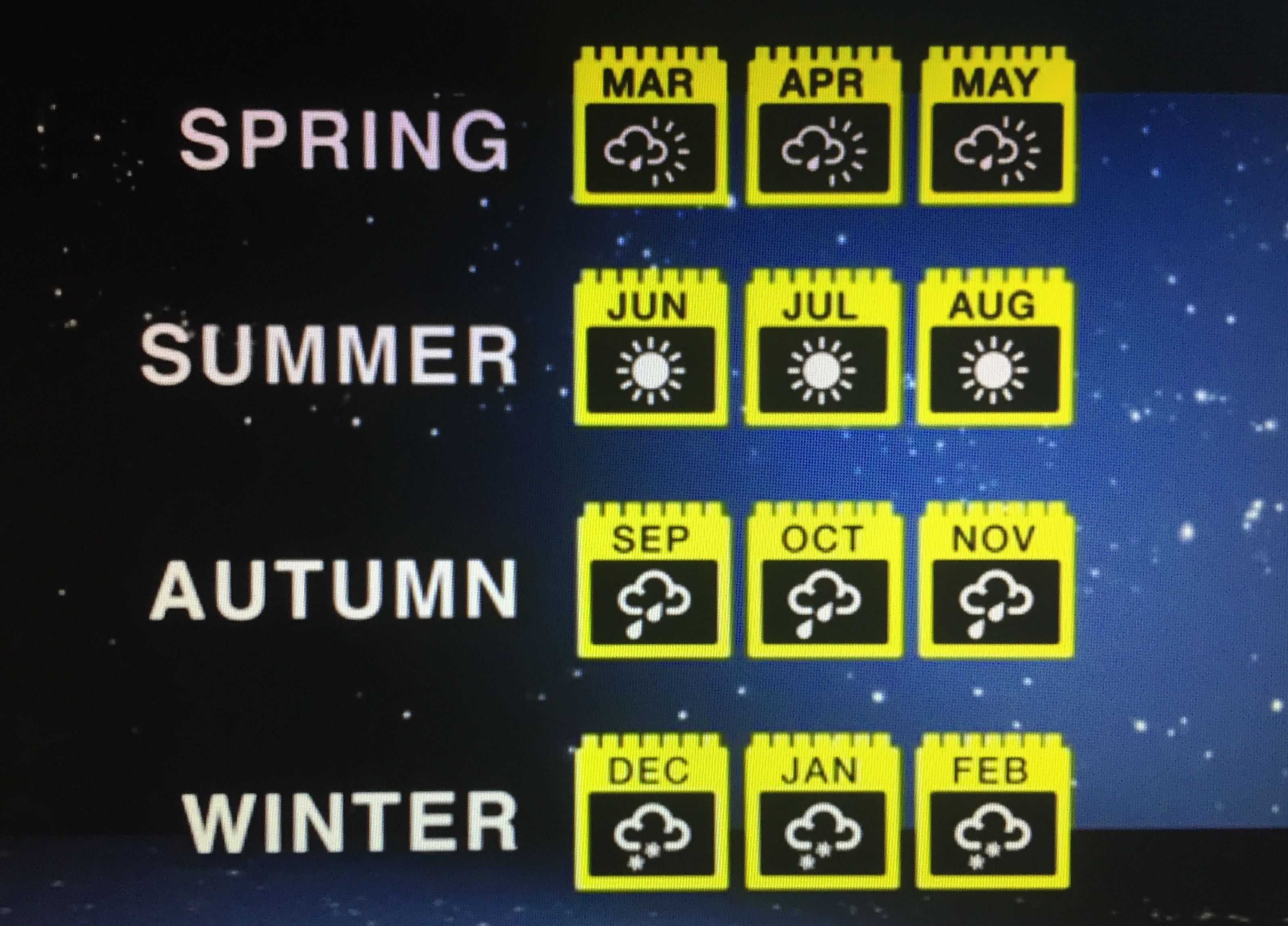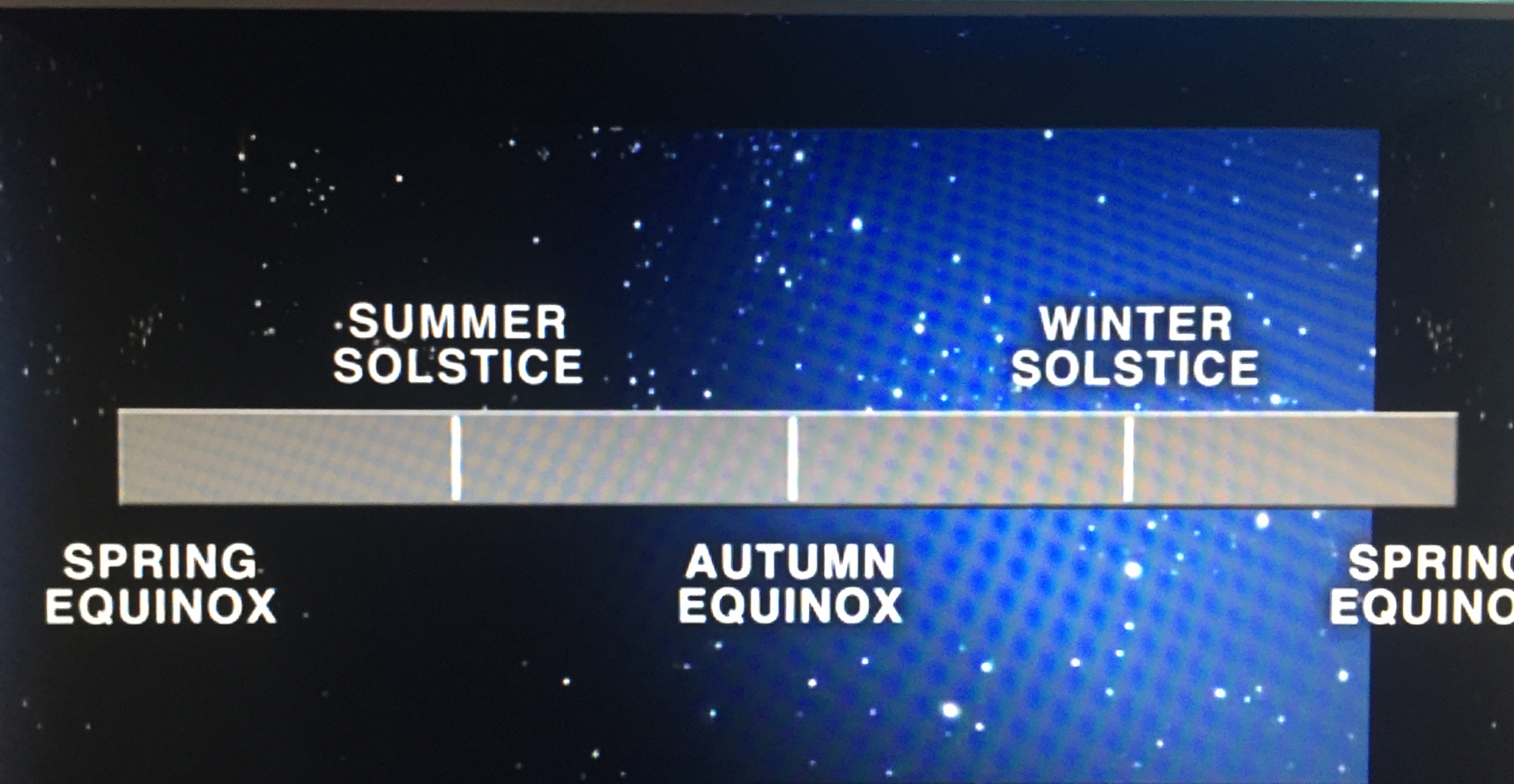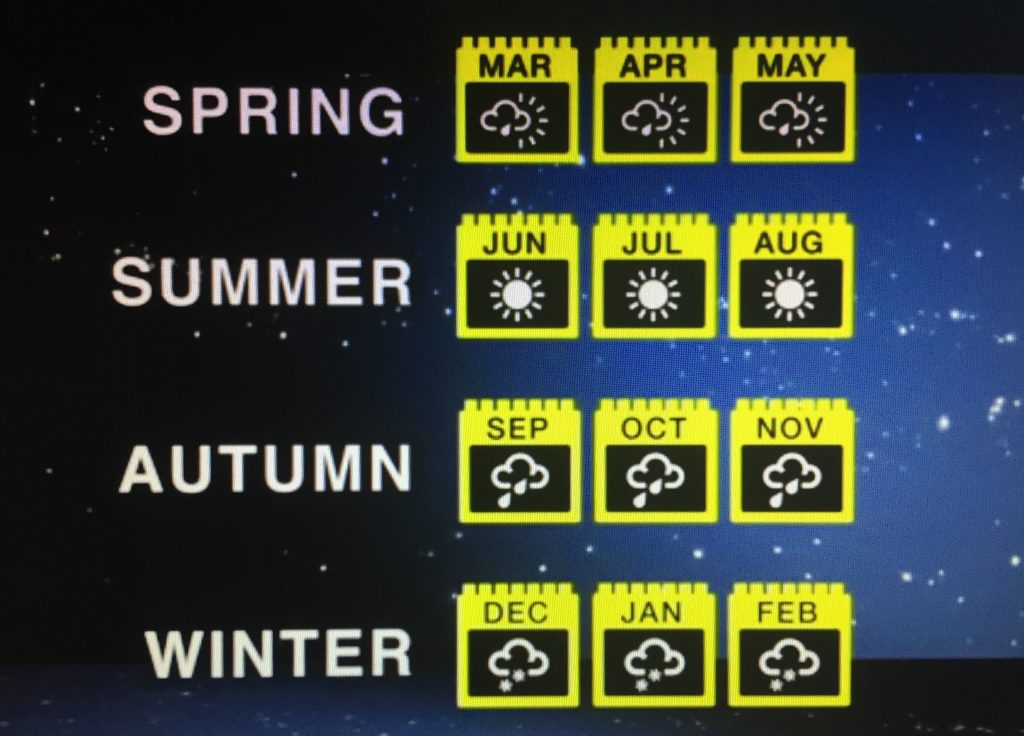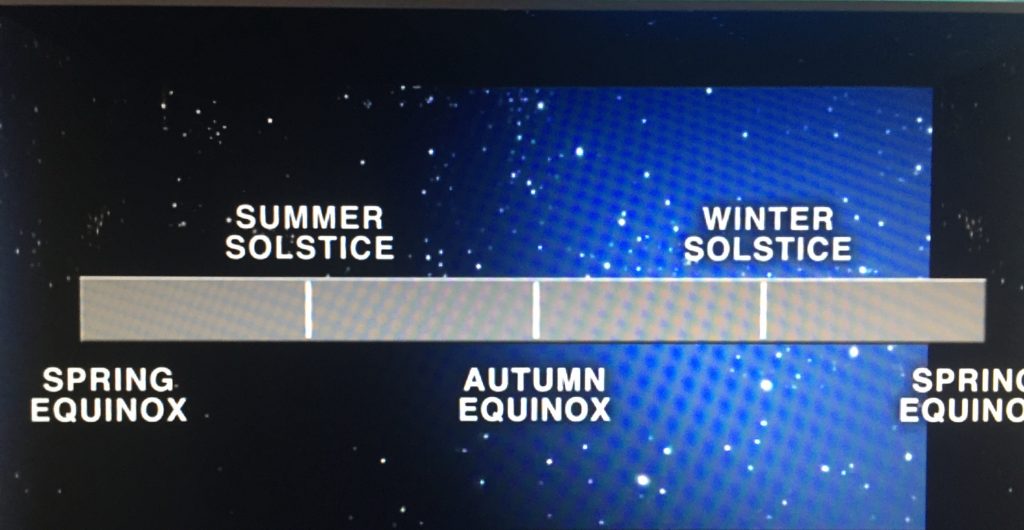A Tale of two Springs!
Posted on March 6, 2017
“Cuh, you wouldn’t think it was spring,” I said to the local Gillie whilst walking in horizontal rain along the River Anton the other day.
“It isn’t yet,” he said.
“Yes it is, it’s March now,” I replied.
“No it’s not until the 21st March,” he went on, as the conversation threatened to turn into a ‘Two Ronnies’ sketch.
“Yes but…”
“I know it’s the 21st, because that’s my birthday, the first day of spring”.
I reluctantly conceded defeat and hurried home in the type of ludicrous middle-aged huff that comes with thinking you are right but have more than likely been proved wrong.
So, onto the web I went, where I soon discovered that there are two springs and you have to choose which one to support depending on whether you are a meteorologist on an astronomist.
So what happens is this. Meteorologists split their season up as follows:
1st March: Spring
1st June: Summer
1st September: Autumn
1st December: Winter
Whilst in astronomical terms the seasons work like this.
Spring Equinox
Summer Solstice
Autumn Equinox
Winter Solstice
The reason weather forecasters use their own spring by dividing up the year in quarters is because weather statistics need accurate dates. Equinoxes and solstices fall on different days; for instance, the spring equinox can fall on 20th, 21st or 22nd March, so it is hopeless for seasonal weather statisticians.
This stems from Gregorian Calendar which has 365 days in a common year and 366 days in a leap year. However, the tropical year is approximately 365.242199 days (how approximate can you get before accuracy takes hold?) but varies from year to year because of the influence of other planets. As a consequence, we have the shifting of the dates of the equinoxes and the solstices.
This year, the Spring Equinox is on the 20th March, not the 21st, which means the gillie on the Anton, whilst being astronomically correct (but not meteorologically may I add) in our earlier conversation, cannot claim to have his birthday on the first day of spring. This is a fact I gleefully look forward to mentioning the next time I see him, hopefully soon.
So, to recap, if you are a meteorologist the seasons are on the 1st March (spring) 1st June (summer) 1st September (autumn) 1 December (winter). That’s quite easy isn’t it?
Meanwhile, if your are an astronomist the dates are, 20th 21st or 22nd March (spring) 20th, 21st, 22nd June (summer) 22nd, 23rd or 24th September (autumn) and the 20th, 21st, 22nd or 23rd December (winter).
I don’t want to teach anyone how to suck eggs, but I’d use the meteorological version if I were you.
- Next week: How I got my face punched in by the local gillie




Got something to say?